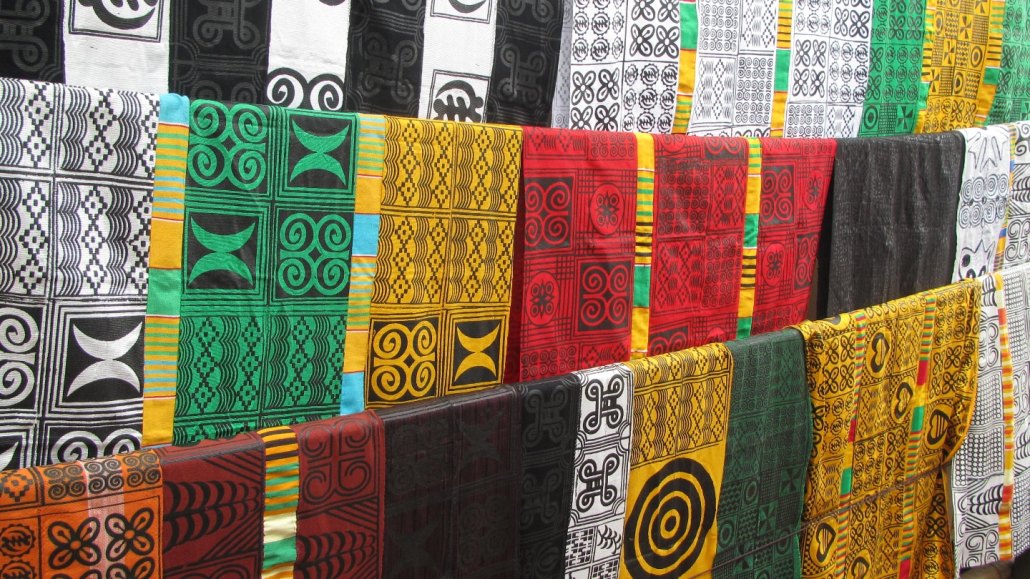
Speakers of Ghana’s Twi language use symbols, or adinkras, to express proverbs. Those adinkras are often stamped on textiles, such as those shown here. Adinkras provide clues to how Twi speakers think about math, researchers say.
Ron Eglash

Speakers of Ghana’s Twi language use symbols, or adinkras, to express proverbs. Those adinkras are often stamped on textiles, such as those shown here. Adinkras provide clues to how Twi speakers think about math, researchers say.
Ron Eglash